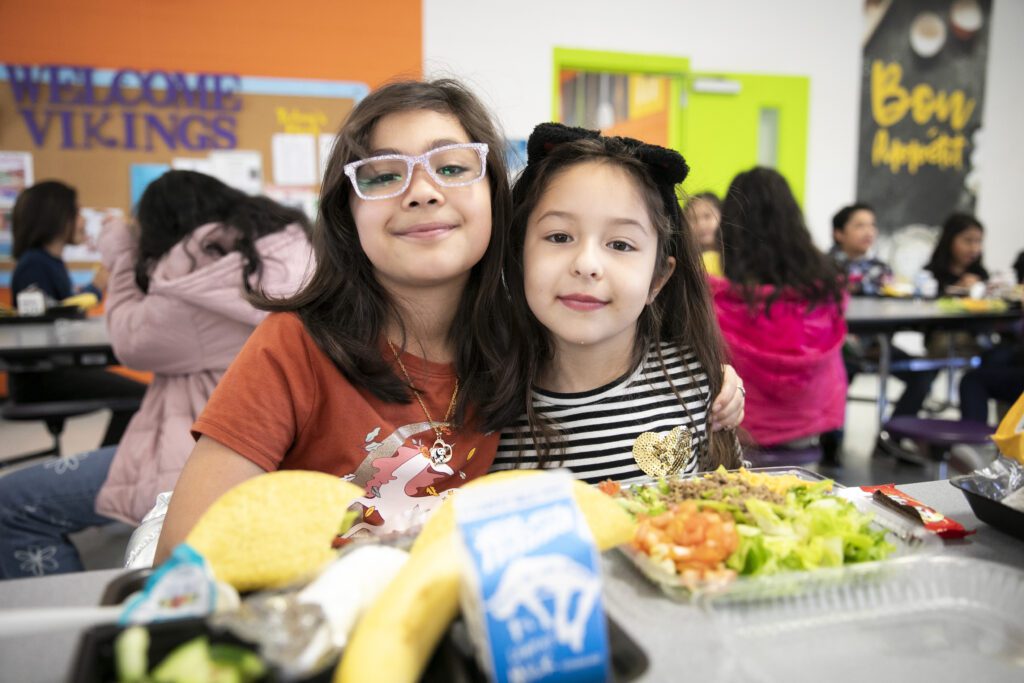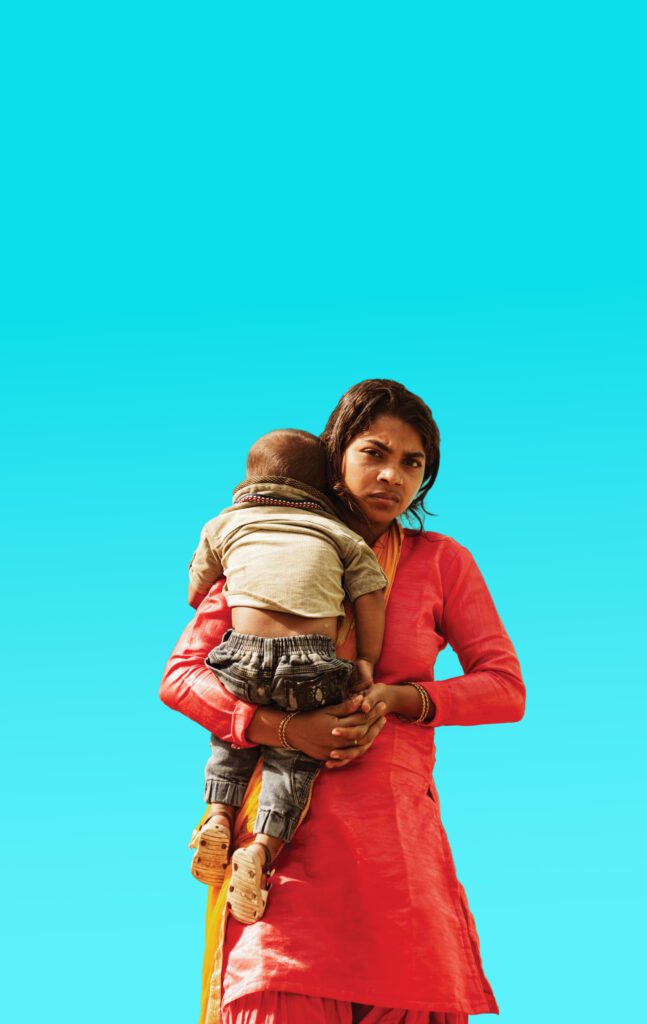
In response to my post below about poverty and brain development, my colleague Jen Keleba wrote the following which I found much more interesting than what I wrote. With her permission I am reprinting it here:
I went on a site visit in rural Kentucky to pretty much your most typical Appalachia scenario: double-wide with tattered curtains and a bursting front porch; everything perched in a dirt yard strewn with rusted-out American-made models up on cinder blocks; the requisite dog-on-a-chain spinning in impotent circles of rage. It actually looked quite a bit like the area where I grew up, which was startling in and of itself to realize that I came from a place most Americans would want to “help.”
Anyway…the mom was essentially stranded on this land. Her husband worked so he had the only car, and money to buy gas was strictly budgeted for the work commute and nothing else. Her own education stopped at 6th grade, but she had somehow found her way into this program for her kids to have a Save the Children program officer come bring books to her children and teach her to read to them.
I was holding the baby, who was about 18 months old, as he mouthed at the corner of a board book and waited for the “lesson” to begin. But it never really did. The program officer and the mom ended up talking mostly about household food budget and tips on how to make the dollar stretch. There was a lot of talk about “What have the children been eating these days” and depending on the answer, the program officer would make suggestions about deals she’d seen in the produce section, or she’d relate a family dinner she’d made that had lasted for three nights. It was all done in a very casual “visiting” manner. I remember wondering, “Um…are we ever going to get around to reading to this kid?”
At the time, I just didn’t get it. What I heard was two women chatting about household economics and trading recipes like my grandma and her friends on a Sunday afternoon, none of which was in the early childhood education curriculum we were marketing and selling on a national level to funders. It wasn’t until the final five or so minutes of the visit that we actually pulled out a book and worked with the mother and baby to read together. And then I saw it…the whole demeanor of the mom had changed. When we’d arrived she’d been suspicious and stiff (certainly a result of my presence to “document” the trip) to the point where she’d been awkward holding her own child. By the end, she’d relaxed into a smiling, nurturing position and was reading, though with some struggle, to her baby. As we left, she thanked the program officer for the food tips with a smile and a wave, and a promise to keep reading to the baby until next time.
You probably saw this coming from a mile off, but it took me longer than I care to admit to realize that until that mom could figure out how and what she was going to feed her child, it didn’t matter how many books we pushed under her nose. In the order of importance, answering her child’s hunger came before all else. Hunger was the immediate problem that could not wait; reading, in that case, could.
It was a profound turning point for me in understanding the poverty gap in education…heck…even in understanding better so many of the people I grew up with. Your email this morning reminded me of that lesson.


